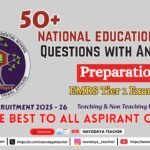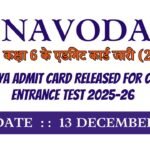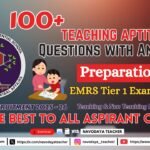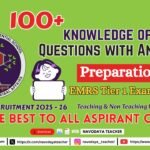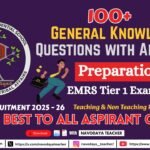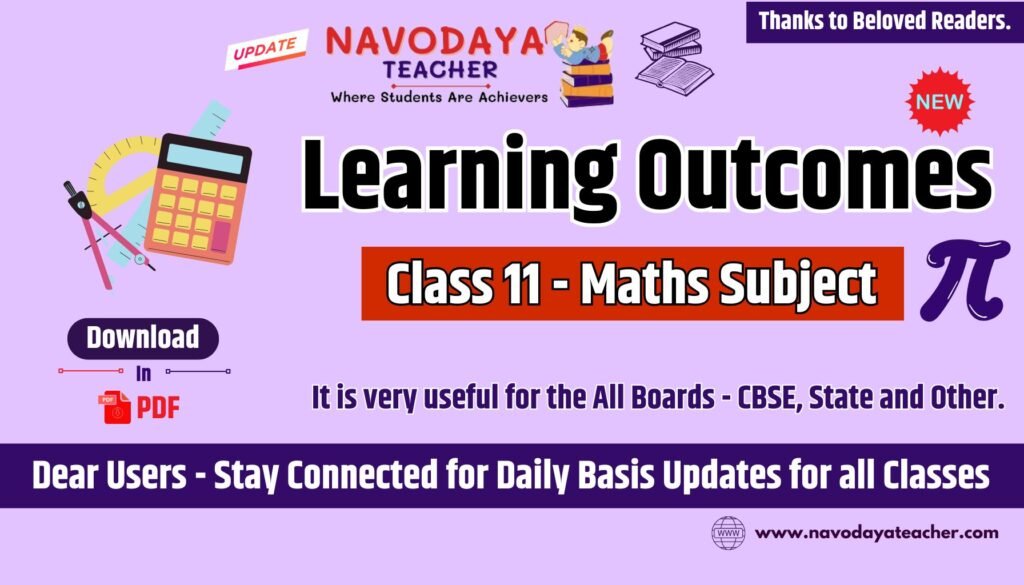In this article we providing information regarding latest Learning Outcomes for Class 11 Mathematics Subject in PDF
Learning Outcomes for Class 11 Mathematics Subject in PDF
The learner –
- Develops the idea of set from the earlier learnt concepts in number system, geometry etc.
- Identifies relations between different sets.
- Relates earlier learnt concept of trigonometric ratios to functions and evolves the idea of trigonometric functions.
- Demonstrates deductive thinking by using technique of mathematical induction for establishing generalized mathematical statements.
- Extends the idea of real numbers to a larger system of complex numbers. Demonstrates strategies for solving systems of linear inequalities.
- Applies the ideas of permutations and combinations to daily life situations of arranging and grouping the objects.
- Develops the idea of binomial theorem for a positive integral index from the earlier learnt concepts of finding squares and cubes of binomials.
- Extends the ideas related to arithmetic progressions learnt earlier to new types of sequences and their series.
- Constructs different forms of a straight line using the earlier learnt concepts of coordinate geometry.
- Analyses different curves like circles, ellipses, parabolas and hyperbolas based on the ideas developed for straight lines using coordinates.
- Develops strategies of locating a point in three dimensions based on the concepts of two dimensional coordinate geometry.
- Evolves the concepts of limit and derivative of a function by analyzing the behaviour of functions when the corresponding variable approaches a certain value.
- Relates deductive reasoning to the mathematical statements studied so far.
- Applies measures of dispersion to get a better interpretation of data of different daily life situations.
- Builds up the axiomatic approach to probability through the terms, random experiment, sample space, events etc.
- Identifies different types of relations and functions. Explores the values of different inverse trigonometric functions.
- Evolves the idea of matrices as a way of representing and simplifying mathematical concepts. Evaluates determinants of different square matrices using their properties.
- Demonstrates ways to relate differentiability and continuity of a function with each other. Develops the processes in integral calculus based on the ideas of differential calculus learnt earlier.
- Applies the concepts of integral calculus to calculate the areas enclosed by curves.
- Develops the concepts of differential equations using the ideas of differential and integral calculus.
- Constructs the idea of vectors and their properties and relates them to earlier learnt concepts in different areas of mathematics such as geometry, coordinate geometry etc.
- Evolves newer concepts in three dimensional geometry from that learnt earlier, in the light of vector algebra, such as, direction cosines, equations of lines and planes under different conditions etc.
- Formulates and solves problems related to maximization/ minimization of quantities in daily life situations using systems of inequalities/in equations learnt earlier.
- Calculates conditional probability of an event and uses it to evolve baye’s theorem and multiplication rule of probability.
- Determines mean and variance of a probability distribution using the concept of random variable.
Thanks to Beloved Readers.

